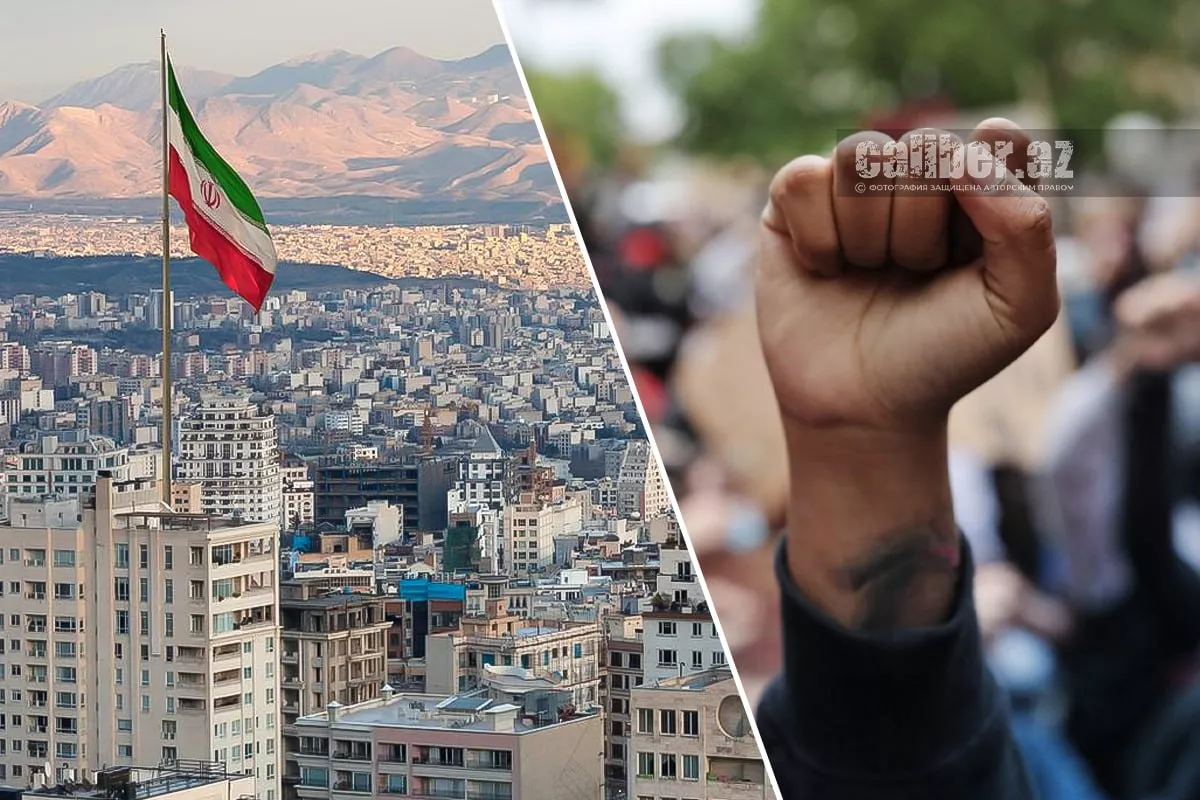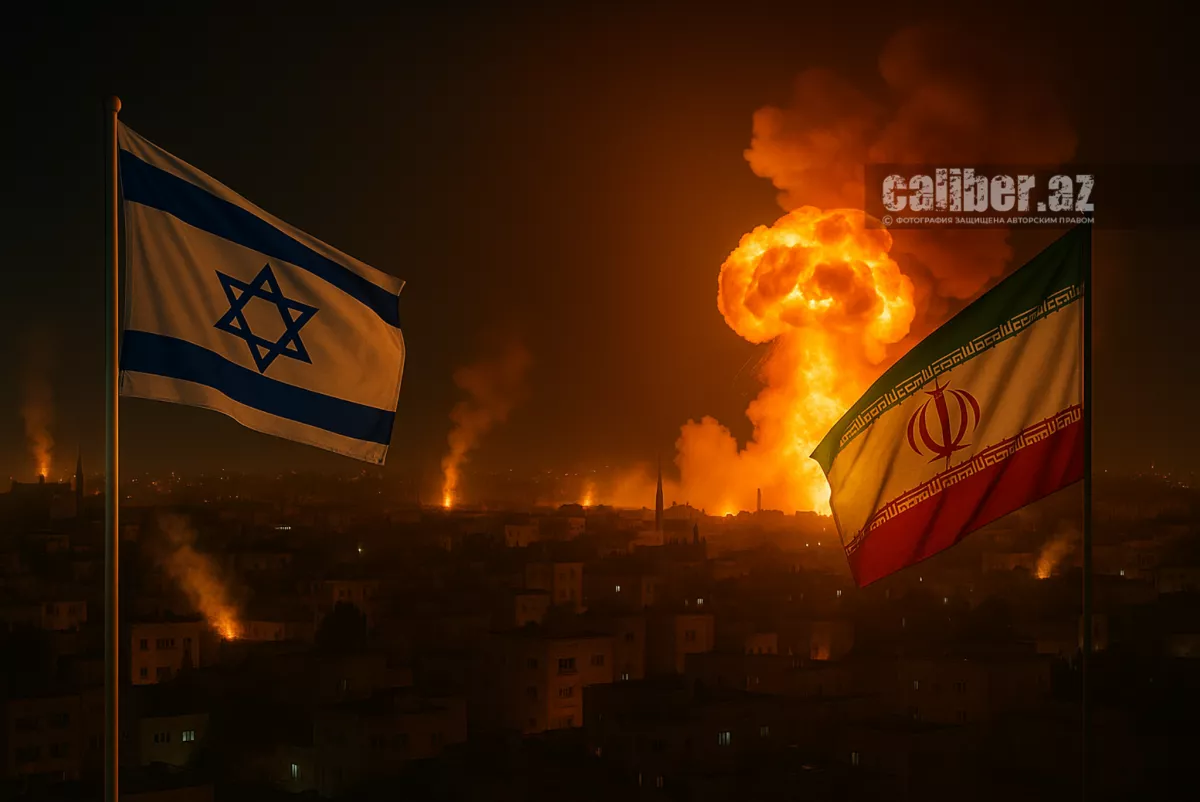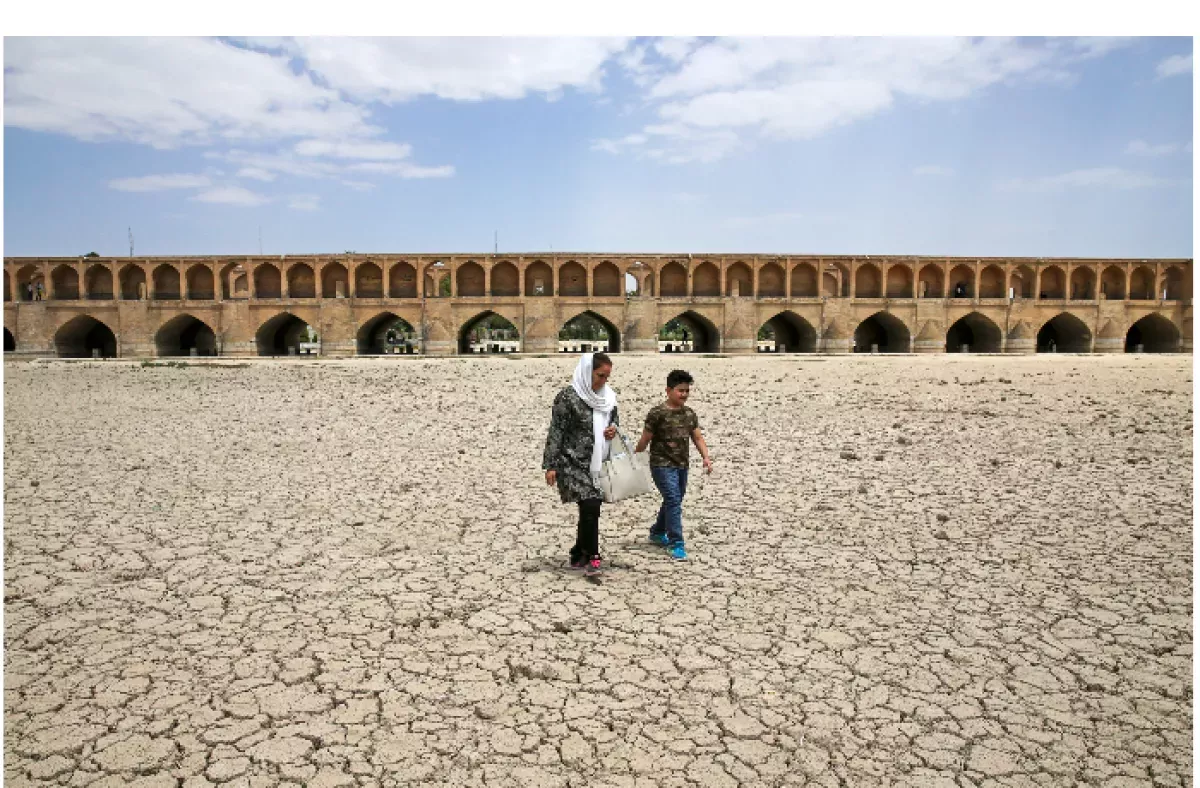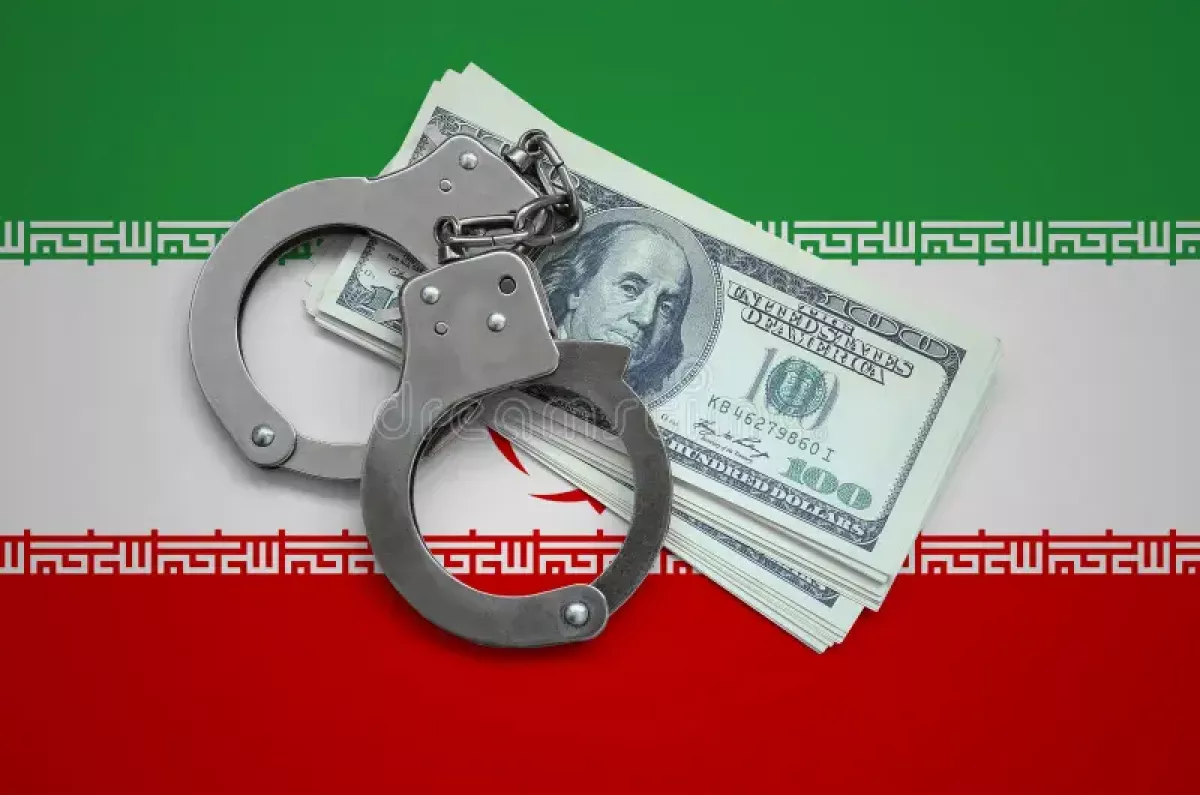Iran encircled by crises Political fragility, water shortages, and economic turmoil
Following the end of the 12-day war between Iran and Israel, leading political figures within Iran’s leadership—including representatives of various factions and bureaucratic institutions—have begun to openly speak about the internal fragility of the regime. These statements by senior officials, including President Masoud Pezeshkian and his advisers, paint a picture of a leadership increasingly alarmed by the threat of domestic crises, uprisings, and Iran’s growing military and political isolation on the international stage. And they have good reason to be concerned. This unease is becoming increasingly evident in publications by the official Iranian press as well.
Majid Mohammad Sharifi, a researcher at Kharazmi University, warned in an article published in the official Iranian outlet Etemad about the likelihood of continued Israeli attacks on Iran in the near future: “Israel is likely to continue its military strikes on Iran’s nuclear and missile infrastructure in an effort to destabilise the regime... In addition to targeting military infrastructure, Israel may take action against political institutions and state agencies and engage in large-scale sabotage operations in Tehran and nearby provinces, where it will attempt to activate dissident cells and wrest control of these areas from the government... Ongoing attacks will turn the Islamic Republic into a failed state and create conditions for political and social change.”

During the war, Israel completely or almost completely destroyed the air defence systems over central and western Iran, killed nearly all the top military leadership (between 20 and 30 generals), and gained control of the country’s airspace. It now intends to exploit these advantages. The threat of new Israeli strikes is increasingly looming on the horizon. Israel plans to pursue a “lawn mowing” policy, as it calls it—a strategy of systematically undermining the enemy’s military and political power through regular bombings. This is the approach it took against Bashar Assad’s regime in Syria for many years, ultimately leading to its downfall.

However, Iran’s most pressing problem at the moment is not its defeat in the 12-day war with Israel, but the water crisis. Parts of the south and southwest are experiencing extreme heat, with temperatures exceeding 50 degrees Celsius. This is accompanied by power outages, water shortages, and growing social and political protests.
Electricity is cut off for several hours a day, and factories and government institutions occasionally halt operations due to lack of water and electricity. Last Wednesday, 18 out of 31 provinces were forced to stop work entirely or partially. Government spokesperson Fatemeh Mohajerani stated that closures could continue “as necessary” to save water and electricity. Senior officials are also urging the population to conserve water. However, such measures are unlikely to significantly improve the situation because households actually consume only a tiny fraction of Iran’s water.
Dalga Khatinoglu, writing in the opposition outlet Iran International and examining the causes of the crisis, points out that although Tehran’s officials blame the most severe water shortage in Iran’s history on drought and excessive household consumption, in reality they are ignoring the true reasons behind what is happening. Comparing the Turkish and Iranian approaches to solving water problems, Khatinoglu arrives at a grim conclusion: Iran’s water crisis is the result of decades of ineffective management and short-sighted policies.
Iran consumes 100 billion cubic meters of water annually. This is roughly twice as much as Türkiye, despite both countries having approximately 90 million inhabitants each. About 90% of Iran’s water is used by the agricultural sector, only 6% goes to household needs, and around 4% is allocated for industrial use.

Water consumption per capita in Iranian households is roughly the same as in Türkiye. However, Iran treats only about 20% of its wastewater, compared to 85% in Türkiye. This has catastrophic consequences. Despite warnings from UN experts received a quarter of a century ago, Iran has been expanding hydroelectric power rather than investing in wastewater treatment.
The Islamic Revolutionary Guard Corps (IRGC) is the main military-political and economic force in Iran. Directly or through trusted associates and relatives, this separate army—composed of the most religious military personnel—controls about half of the country’s GDP. Over the past decades, the IRGC has built hundreds of dams, but more than half remain unused, and hydroelectric power generation amounts to only about one-third of their nominal capacity. The share of hydroelectric power in Iran’s energy production has fallen below 5%. Meanwhile, 80% of untreated wastewater is discharged into rivers, deserts, and underground wells, polluting the very sources Iran increasingly depends on. Iran’s hydraulic engineering projects have proven ineffective and have led to disaster.
Another problem is agriculture, characterised by high water consumption and low labour productivity. The agricultural sector accounts for nearly all of Iran’s water use but contributes only about 11% to GDP. Unlike Iran, Türkiye has reduced agriculture’s share of national water consumption from 75% to less than 64%, while doubling the value of its agricultural output, which now amounts to $60 billion—13 times higher than Iran’s corresponding figure.
However, such explanations do not fully capture the root causes of Iran’s desperate situation. The problems run deeper. Due to international sanctions and currency shortages, the government is striving to create a self-sufficient economy—even though as recently as 2018, the country imported roughly half of its food. This policy leads to increased agricultural production, including water-intensive crops, and to the construction of more dams, further depleting Iran’s water resources. This point is highlighted by Khalil Khani, a specialist in Iranian ecosystems.
Another side of the problem is the massive corruption within the IRGC, which has effectively taken control over the Ministry of Water, hydraulic infrastructure projects, agricultural companies, and related private businesses, while also dominating the country’s prosecution service and judiciary. This results in incompetent and poorly thought-out decisions, along with complete impunity and embezzlement of state funds by officials and their relatives—owners of private companies. In fact, Iran’s corrupt economic system and nepotism have proven as destructive as the sanctions themselves. Large state and private companies have become tools for appropriating budgetary funds, with their leadership appointed not based on expertise, but on friendship and kinship ties to high-ranking officials.
As a result, a toxic politico-economic system has been created, characterised primarily by corruption and incompetent, ill-considered decisions. It drives the country from one crisis to another, yet its beneficiaries are willing to take any measures, including suppressing protests, in order to preserve their power and wealth, as noted by the Russian Iran specialist Nikolay Kozhanov.

A narrow, corrupt elite composed of several hundred millionaire and billionaire families forms Iran’s ruling class—the true embodiment of what is called the “Islamic Republic.” This system, which drains all resources from Iran’s workers and is both incompetent and inefficient, has driven the country into a crisis visible in every sphere—from water supply issues to the energy sector.
Alongside water problems, Iran faces energy supply difficulties and regularly enforces power outages affecting hundreds of factories and entire cities—a situation that began even before the current drought. Although 70–80% of Iran’s energy is produced from natural gas and the country holds the world’s second-largest proven gas reserves, it lacks enough blue fuel to properly serve its industries and urban areas. Nasser Eskandari, director of a thermal power plant holding company, stated that globally, on average, 1.3 kilowatt-hours of energy are consumed per dollar of GDP, whereas in Iran this figure is 2.2 kilowatt-hours... “The energy sector does not pay sufficient attention to energy consumption.” The causes behind this situation are the same as those driving the water supply crisis.
Infrastructure crises are accompanied by rising inflation, which officially reaches 40% per year, though unofficial estimates put it much higher. The increasing cost of living leads to widespread impoverishment. Iranian economist Ali Kartalai wrote a column in the official publication Donya-ye Eqtesad, noting: “Enormous expenses have been imposed on Iran’s economy, and vast financial resources—absent from the government’s budget—are needed for its recovery. This situation arises at a time when the Iranian economy already faces a chronic budget deficit. Fearing currency devaluation and rising prices, people rush to buy goods, increasing demand, creating shortages, and driving prices up. This process turns inflationary expectations into a driving force behind actual inflation...”
In response to the mounting problems, waves of protests are rising in Iran. Anti-government demonstrations are taking place in the city of Sabzevar, while in Tehran, anti-regime slogans can be heard in crowded places such as metro stations.
Thus, one crisis compounds another. Incompetent management and failed foreign policy have led to the destruction of infrastructure and the impoverishment of the population—most of whom live at or below the poverty line. At the same time, the failure of scientific and technological modernisation, combined with growing incompetence in managerial and military decisions, has contributed to defeats in the wars against Israel and the United States. Together, these crises intertwine into a single knot. Reinforcing each other, they drag the country and the regime downwards.








